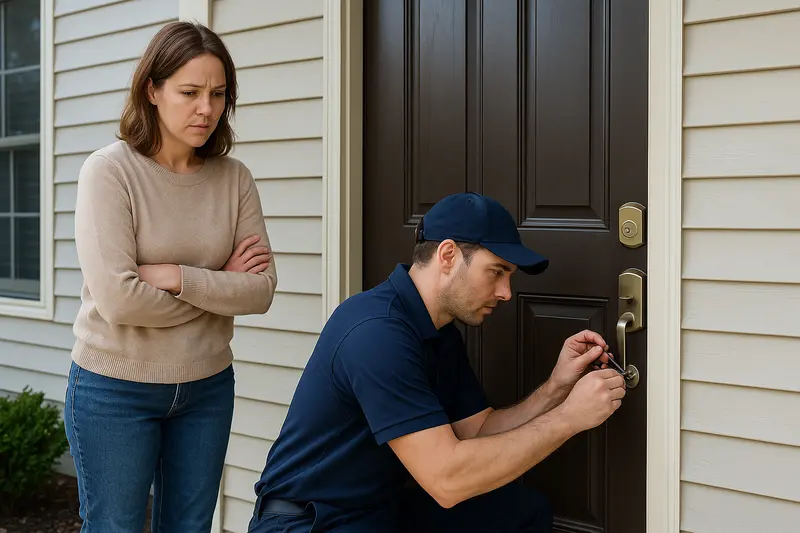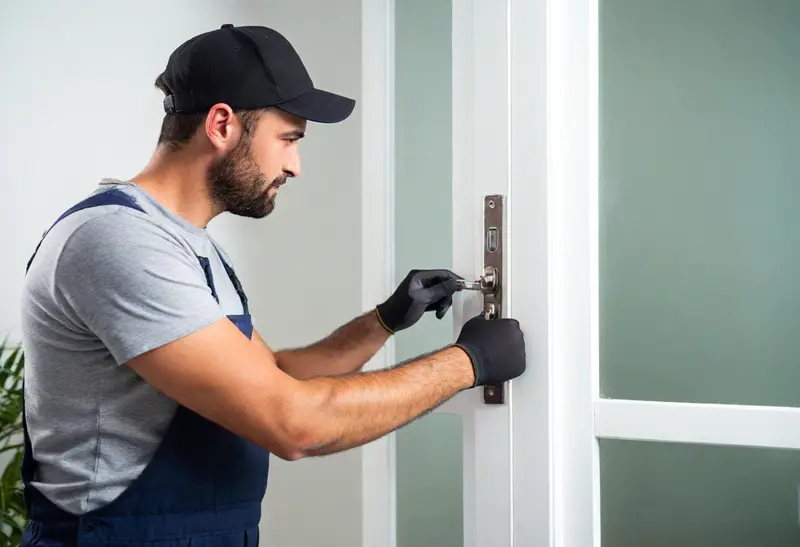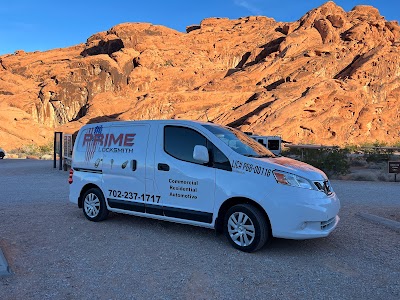Lock Picking and Bump Keys: What Homeowners Need to Know

Understanding Lock Security Risks
Home security is a paramount concern for every homeowner. While we often rely on locks to safeguard our homes and belongings, the world of lock picking and bump keys can seem mysterious and even alarming. This article aims to demystify these techniques, explain their limitations, and empower you with the knowledge to enhance your home’s security. We’ll explore what every homeowner should know about these methods, without promoting illegal activities, and focus on practical ways to protect your residence.
What is Lock Picking?
Lock picking is essentially the art of manipulating the internal components of a lock to open it without the original key. It involves using specialized tools to mimic the function of a key, engaging the lock’s pins or wafers in the correct sequence to release the locking mechanism. While it’s often portrayed in movies as a quick and easy process, in reality, successful lock picking requires considerable skill, practice, and the right tools.
The Tools of the Trade
- Pick Set: Various shapes and sizes of picks used to manipulate individual pins inside the lock.
- Tension Wrench: Applies slight rotational force to the lock core (plug), creating a binding effect on the pins.
- Rake Picks: Designed to quickly affect multiple pins simultaneously.
How Lock Picking Works
- Pin Tumbler Locks: The most common type of lock, using a series of pins that must be aligned correctly. A tension wrench is applied, then individual pins are carefully lifted until they “click” into the correct position.
- Wafer Locks: Similar to pin tumbler locks, but use wafers instead of pins. Lock picking involves manipulating these wafers to the correct position.
Understanding Bump Keys
A bump key is a key that has been cut to the maximum depth possible, allowing it to “bump” the pins inside a standard pin tumbler lock. When inserted and struck sharply (bumped), the pins momentarily jump above the shear line, allowing the lock to be turned. This method is often faster and easier than traditional lock picking, making it a potential concern for homeowners.
How Bump Keys Work
- Pin Alignment: The bump key’s aggressive cut forces the pins to jump above the shear line upon impact.
- Turning the Lock: During the brief moment the pins are airborne, the lock can be turned before the pins fall back into place.
Limitations of Bump Keys
- Not Universal: Bump keys are not a one-size-fits-all solution. Different locks require different bump keys.
- Lock Design: Many modern locks are designed to resist bumping and other lock bypass techniques.
- Requires Practice: Successfully using a bump key requires some level of skill and practice.
Are Your Locks Vulnerable?
While the prospect of lock picking andbump keys can be unsettling, it’s important to understand that not all locks are created equal. Older, lower-quality locks are generally more susceptible to these techniques than modern, high-security locks. Assessing the vulnerability of your locks is crucial for ensuring your home’s security.
Factors Affecting Vulnerability
- Lock Quality: Cheaper locks often have wider tolerances and weaker internal components, making them easier to pick or bump.
- Lock Age: Older locks may be worn and more susceptible to manipulation.
- Lock Type: Some lock types, like wafer locks, are generally considered less secure than pin tumbler locks.

Protecting Your Home from Lock Picking and Bump Keys
Fortunately, there are several steps you can take to significantly reduce the risk of lock picking and bump key attacks. Investing in high-security locks, reinforcing your doors, and taking other security precautions can greatly enhance your home’s safety.
Upgrade to High-Security Locks
- High-Security Cylinders: These cylinders have more complex internal mechanisms that are much harder to pick or bump.
- Pick-Resistant Locks: Designed with features that make it extremely difficult to manipulate the pins or wafers.
- Bump-Resistant Locks: Incorporate features that prevent the pins from jumping when a bump key is used.
Reinforce Your Doors and Frames
- Reinforce Strike Plates: Upgrade to heavy-duty strike plates with longer screws that penetrate deeper into the door frame.
- Install Door Reinforcement Hardware: Add metal plates around the lock area to prevent forced entry.
- Use Solid Core Doors: Solid core doors are much more difficult to kick in than hollow core doors.
Other Security Measures
- Install a Security System: A monitored alarm system can deter burglars and provide a quick response in case of a break-in.
- Use a Peephole: Always verify the identity of anyone who knocks on your door before opening it.
- Install a Video Doorbell: Allows you to see and speak to visitors remotely.
- Keep Your Landscaping Trimmed: Overgrown bushes can provide cover for burglars.
- Secure Sliding Glass Doors: Sliding glass doors are a common entry point. Install a security bar or film to reinforce the glass.
Why Not Rely on Lock Picking as a Solution?
While learning about lock picking might seem tempting as a backup in case of a lockout, it’s generally not a reliable solution for the average homeowner. The skill requires significant time and dedication to develop, and even experienced lock pickers can encounter locks that are difficult or impossible to open.
Reasons Against DIY Lock Picking
- Time Consuming: Mastering lock picking takes months or years of dedicated practice.
- Specialized Tools Required: You’ll need to invest in a set of lock picking tools, which can be expensive.
- Risk of Damage: Improper lock picking can damage your lock, requiring you to replace it.
- Legality: In many jurisdictions, possessing lock picking tools without a legitimate reason can raise suspicion and even be illegal.
The Professional Locksmith: Your Security Expert
A professional locksmith is your best resource for assessing your home’s security needs and providing expert advice. They have the knowledge, experience, and tools to evaluate the vulnerability of your locks, recommend appropriate upgrades, and install high-security systems. They can also provide valuable tips on other security measures you can take to protect your home.
Benefits of Hiring a Locksmith
- Expert Assessment: A locksmith can identify potential weaknesses in your current security setup.
- Professional Installation: They can properly install high-security locks and hardware to ensure maximum effectiveness.
- Peace of Mind: Knowing that your home is protected by professionally installed and maintained security measures can provide peace of mind.
- Up-to-date Knowledge: Locksmiths stay informed about the latest security technologies and techniques.
Interested in bolstering your lock security? Consult with our experts about advanced, secure locks and methods to safeguard against lock picking. Contact us today!
Conclusion
Understanding the methods of lock picking and bump keys is essential for homeowners who want to protect their homes. While these techniques can be used for illegal purposes, it’s important to remember that they require skill and specialized tools. By upgrading to high-security locks, reinforcing your doors, and consulting with a professional locksmith, you can significantly reduce your risk and enjoy greater peace of mind. Remember, proactive security measures are the key to protecting your home and loved ones.
FAQs: Lock picking and Bump Keys: What Homeowners Need to Know
- What exactly is lock picking, and how does it work? Lock picking is the art of manipulating a lock's internal components to open it without the original key. It involves using specialized tools to mimic a key's function, engaging the lock's pins or wafers in the correct sequence to release the locking mechanism. It requires skill, practice, and the right tools.
- What is a bump key, and why should I be concerned? A bump key is a key cut to the maximum depth possible. It's inserted into a lock and struck sharply, causing the pins to momentarily jump above the shear line, allowing the lock to be turned. It's faster and easier than traditional lock picking, making it a potential security concern.
- Are all locks vulnerable to lock picking and bump keys? No, not all locks are created equal. Older, lower-quality locks are generally more susceptible than modern, high-security locks. Lock quality, age, and type all affect vulnerability.
- How can I protect my home from lock picking and bump keys? You can protect your home by upgrading to high-security locks, reinforcing your doors and frames, installing a security system, using a peephole or video doorbell, keeping your landscaping trimmed, and securing sliding glass doors.
- What are high-security locks, and how do they differ from regular locks? High-security locks have more complex internal mechanisms that are much harder to pick or bump. They may include pick-resistant and bump-resistant features, making them significantly more secure than standard locks.
- Is it a good idea to learn lock picking myself for emergencies? While tempting, it's generally not a reliable solution. Mastering lock picking takes significant time and dedication, requires specialized tools, risks damaging your lock, and can even be illegal in some areas.
- Why should I hire a professional locksmith? A locksmith can provide an expert assessment of your home's security, professionally install high-security locks and hardware, offer peace of mind, and stay informed about the latest security technologies.
- What are some simple ways to reinforce my doors and frames? You can reinforce your doors by upgrading to heavy-duty strike plates with longer screws, installing door reinforcement hardware, and using solid core doors.
- Besides locks, what other security measures should I consider? Consider installing a monitored alarm system, using a peephole or video doorbell, keeping your landscaping trimmed, and securing sliding glass doors.
- Where can I get help from a locksmith to protect my home? Consult with experts about advanced, secure locks and methods to safeguard against lock picking. Contact a local reputable locksmith for assistance.






